![]() © ASTRON
© ASTRON
Yesterday, the ASTRON/JIVE/NOVA/DOME community was treated to the traditional New Year's speech by ASTRON Director Mike Garrett (the JIVE Director has already strutted his stuff at the Christmas High Tea Ceremony). As such speeches go, this year's was a good one. We reward him here by using one of his favourite pictures.
Mike started with a few stories about the people he had talked to during his regular Christmas stroll around the building. Of course he was very impressed with their diligence and inventiveness, but he had also listened carefully to their concerns. For instance the publication pressure on the technical and science support staff, who have some major instruments to deliver and operate. He also praised the unassuming but essential labours of services like ICT, FZ and HRM, who measure their success by their invisibility. He even had some kind words for the invaluable contributions of the small herd of dinosaurs.
On the whole, the speech emphasized ASTRON again as a major institute for astronomical instrumentation. Mike highlighted the importance of JIVE, NOVA and DOME, the sister institutes hosted by ASTRON, that complement it in many ways (even though the mutual synergy could still improve in some areas). He even hinted at the possibility of a largish new VLBI dish, in the context of the emerging African VLBI Network (AVN).
Of course SKA will have a Big Impact in the coming years, in many different ways. Nevertheless, Mike is very much aware of the danger that the emergence of such a huge instrument can destroy the community that built it. Fortunately, the operation of SKA will generate new opportunities, e.g. regional SKA data centres. In addition, a large new instrument can only fullfil its mission if the builders are prepared to upgrade it over the years. The WSRT/APERTIF and EMBRACE projects can be seen in that light, and there should be a trail-blazing role for an evolving LOFAR even when SKA exists.
As the title suggests, the best way to be influential is by the convincing demonstration of new technology. ASTRON has been an early adopter of phased arrays and focal plane arrays, and the success of LOFAR has greatly influenced the acceptance of aperture arrays for SKA. ASTRON is well placed to play a leading role in the logical process to extend this to higher frequencies, up to 1.5 GHz.
People were riveted to their seats and left with a spring in their step.
 © NTR-VPRO
© NTR-VPRO © Roel Witvers
© Roel Witvers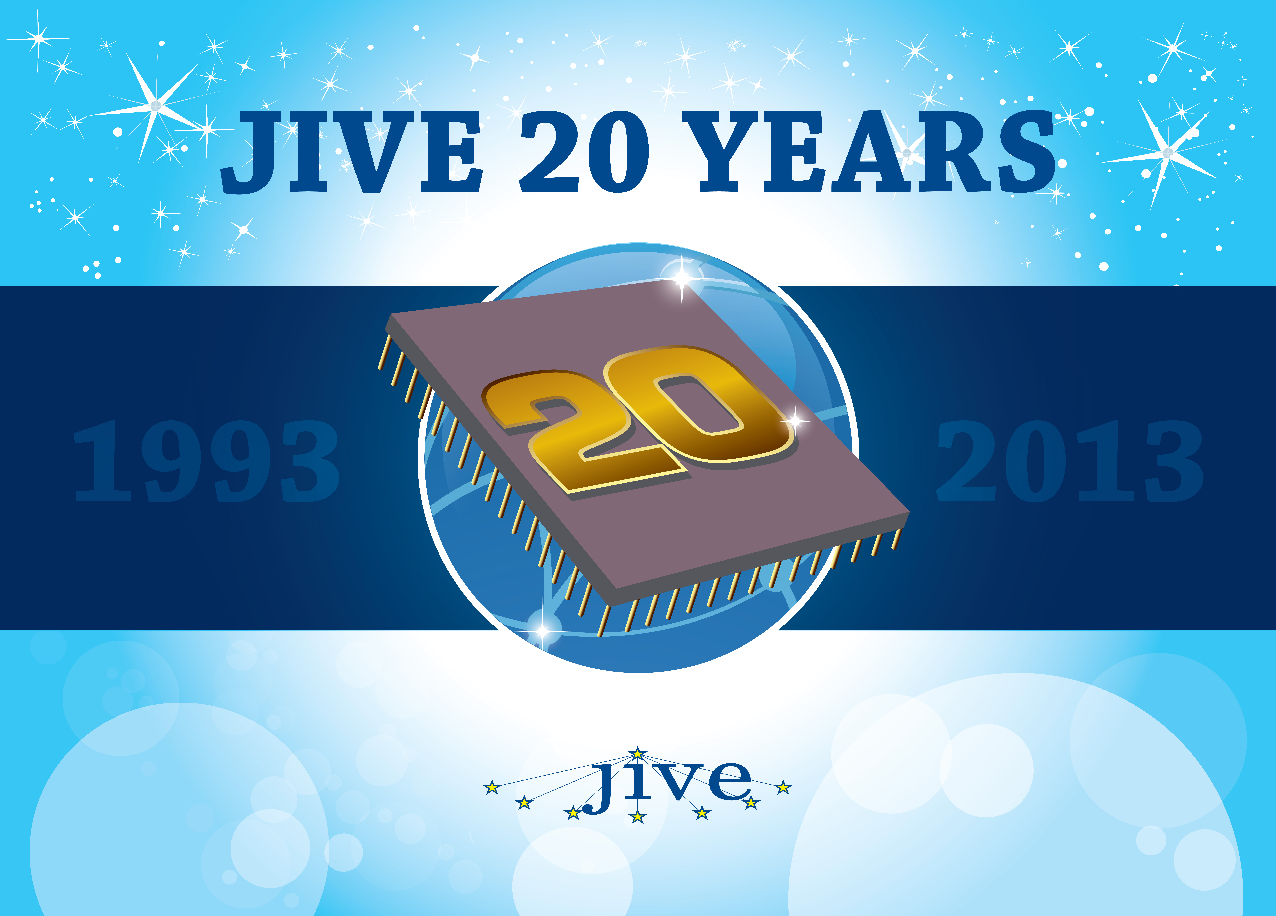 © JIVE
© JIVE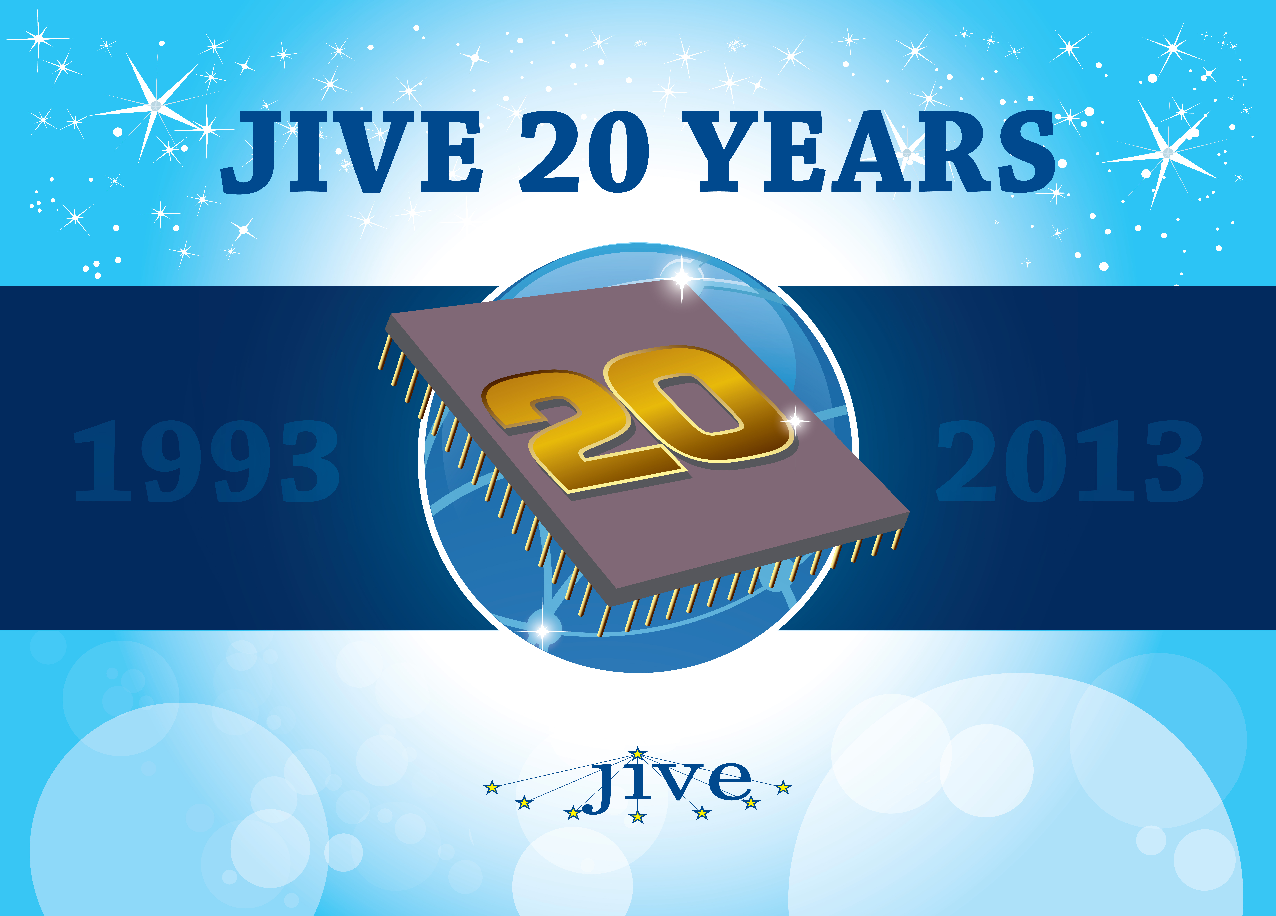 © JIVE
© JIVE © Screenshots from Maps.app (copyright Apple Inc)
© Screenshots from Maps.app (copyright Apple Inc) © @Patruno 2013
© @Patruno 2013 © ASTRON
© ASTRON © ASTRON
© ASTRON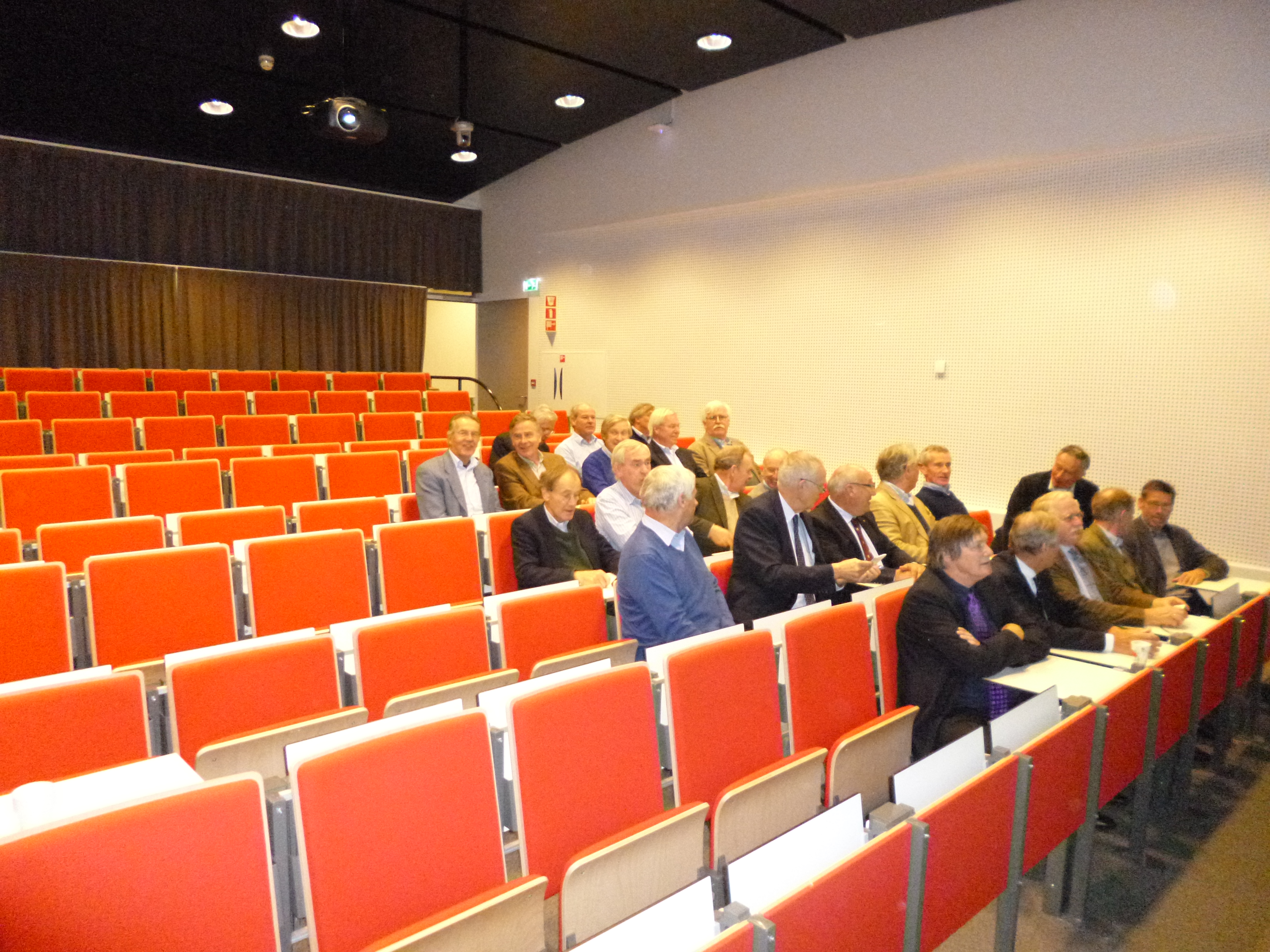 © Madroon Community Consultants (MCC)
© Madroon Community Consultants (MCC) © Madroon Community Consultants (MCC)
© Madroon Community Consultants (MCC) © Astron
© Astron © ASTRON
© ASTRON © ASTRON, 2013.
© ASTRON, 2013.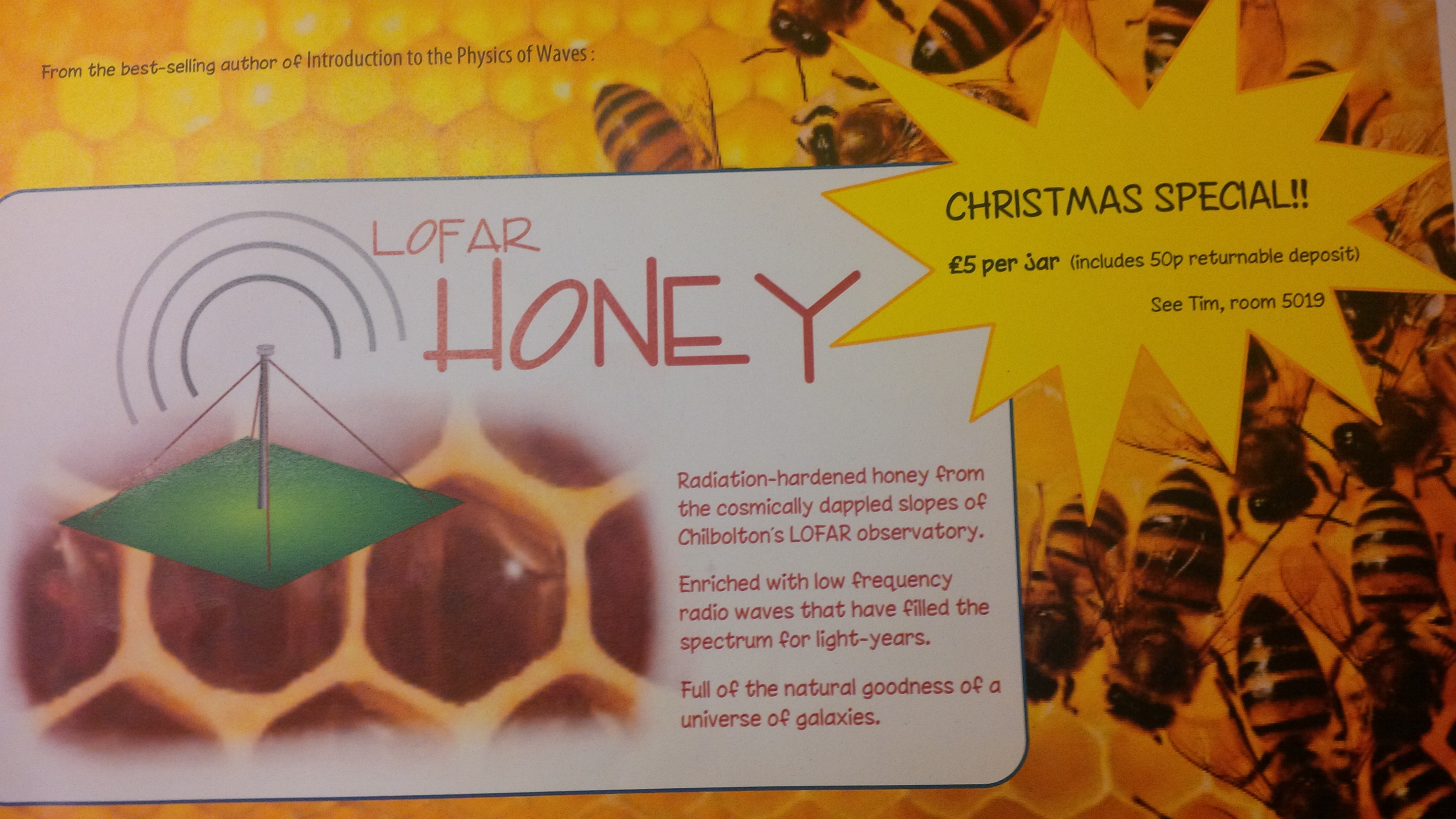 © Anna Scaife
© Anna Scaife © Astron
© Astron © Astron
© Astron © ASTRON
© ASTRON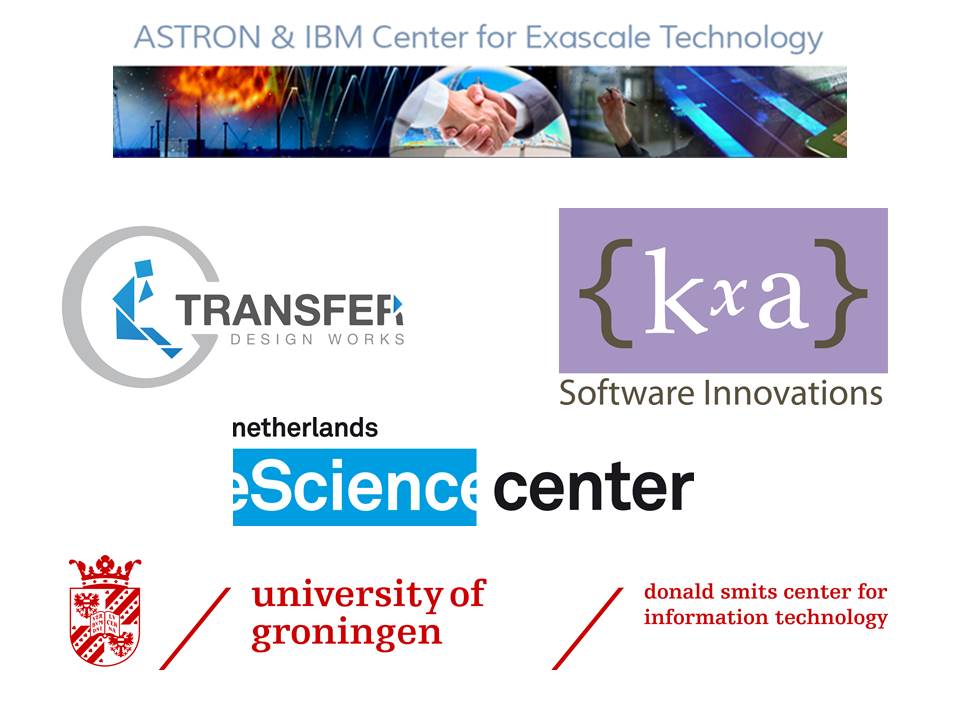 © DOME
© DOME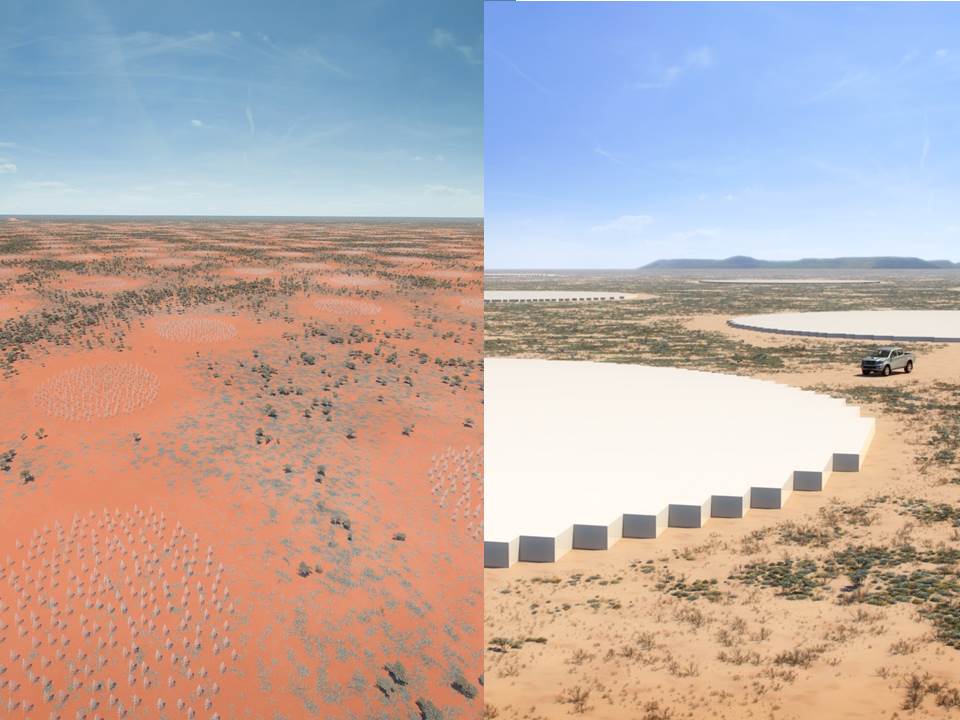 © NL SKA Office
© NL SKA Office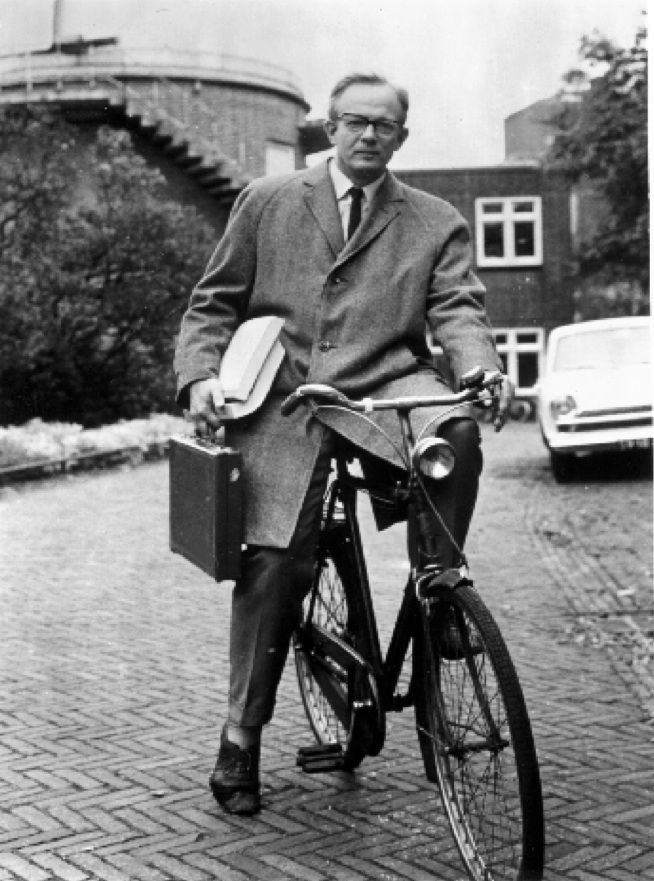 © ASTRON
© ASTRON





